Millions of foods may have high salt content but not a distinctly salty taste, and there are 7 food groups to be aware of when consuming them.
Foods that contain salt but don't have a distinct salty taste.
"Millions of food products have high salt content but lack a distinct salty taste, making it difficult for us to distinguish and make appropriate choices," noted Dr. Hoang Thi Duc Ngan from the National Institute of Nutrition.
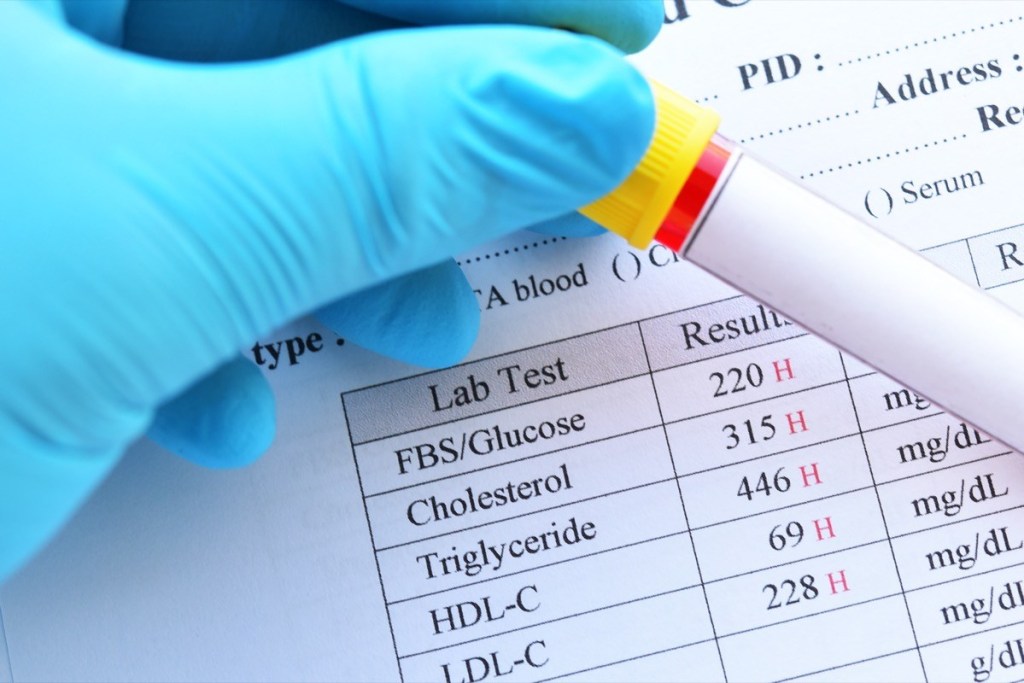
Cardiovascular disease is linked to a diet high in salt.
Experts from the National Institute of Nutrition provide information on 7 types of foods that contain a lot of salt but don't have a distinctly salty taste, including:
Bread and other pastries and baked goods often contain salt to enhance their texture and flavor, but without a distinctly salty taste. For example, 100 grams of sweet bread (about 4 slices) contains an average of 276 mg of sodium (equivalent to 0.7 grams of salt).
Processed foods (sausages, cold cuts, Vietnamese pork sausage). These products often contain a lot of salt to preserve them for a long time. It is estimated that 80 grams of Vietnamese pork sausage contains up to 775mg of sodium, equivalent to 1.94 grams of salt (almost 40% of the daily recommended salt intake).
Cheese and dairy products. Cheese and many types of milk contain sodium to enhance flavor and aid in preservation. A typical 15-gram serving of cheese can contain up to 165 mg of sodium (equivalent to 0.41 grams of salt).
Breakfast cereals. Some cereals have added salt to enhance flavor, as salt can improve other flavors by suppressing bitterness, increasing sweetness, and mellowing sourness in food. The amount of salt in each serving of breakfast cereal can range from 0-15% of the average daily salt intake, depending on the brand.
Packaged sauces and condiments (ketchup, mayonnaise). Sauces and condiments are foods consumed in small quantities and are therefore often overlooked, while many commercially produced condiments contain a significant amount of salt. For example, 100 grams of ketchup contains 907 mg of sodium (equivalent to 2.3 grams of salt).
Snacks and chips. These foods often contain salt, but the salty taste isn't very noticeable, especially with sweet-flavored snacks. For example, a small bag of potato chips contains 170 mg of sodium, equivalent to 0.43 grams of salt, which is 8.5% of the recommended daily salt intake.
Instant noodles of all kinds. Instant noodles often contain high amounts of salt. 100 grams of instant noodles contains approximately 2,593 mg of sodium, equivalent to 6.4 grams of salt. If an adult consumes one 100-gram packet of instant noodles, they have already exceeded the recommended daily salt intake.
According to the World Health Organization's recommendations, salt consumption for an adult should be less than 5 grams per day (equivalent to about 2,000 mg of sodium) to prevent and limit complications of cardiovascular disease, especially hypertension. Children, on average, only need 1-3 grams of salt per day, depending on age.
Source: https://thanhnien.vn/bat-ngo-voi-luong-muoi-cao-trong-7-loai-thuc-pham-quen-thuoc-185241204094311499.htm













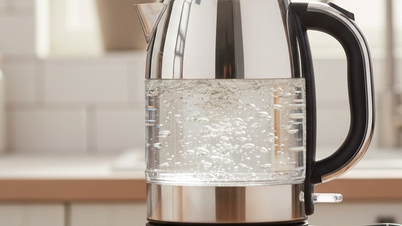
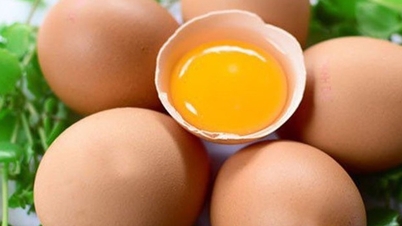

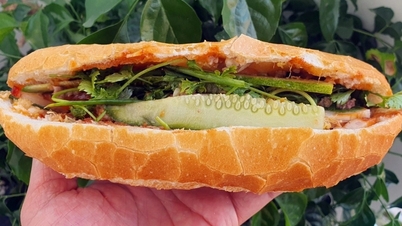

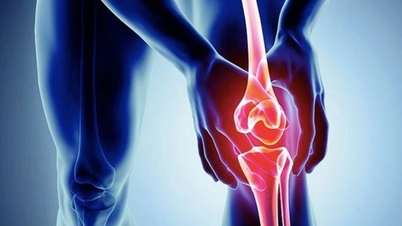

























































































Comment (0)